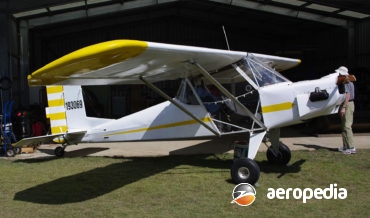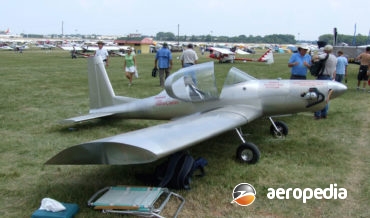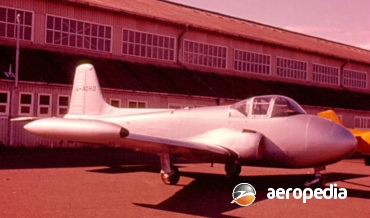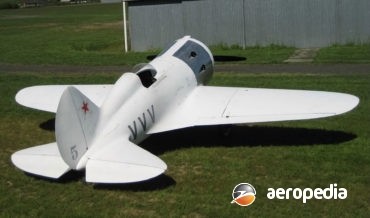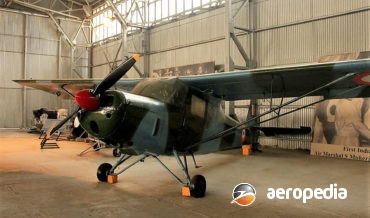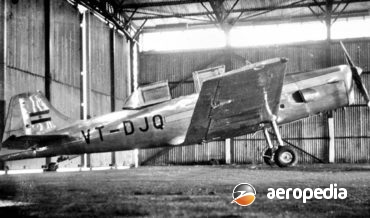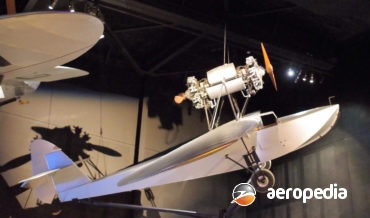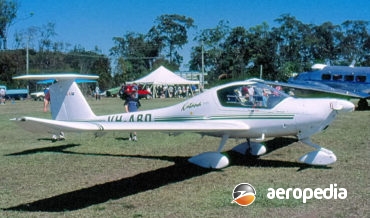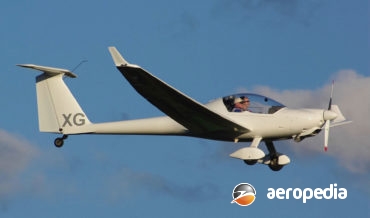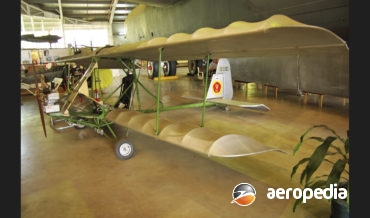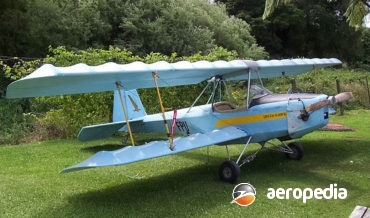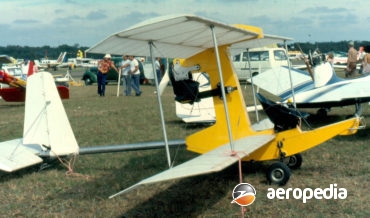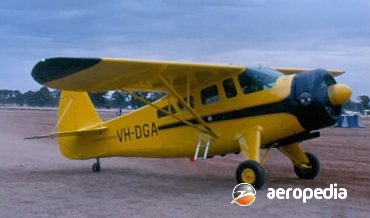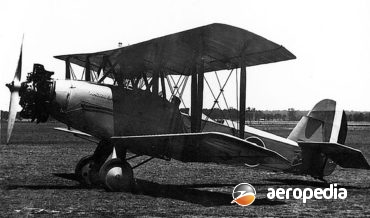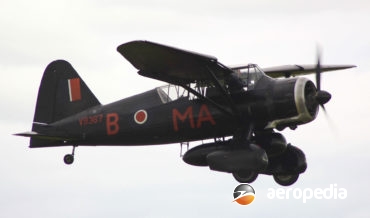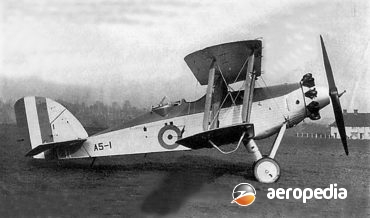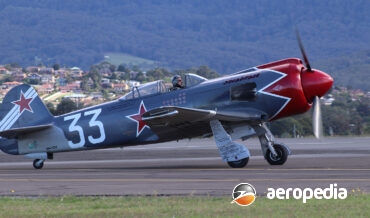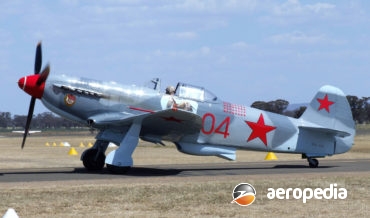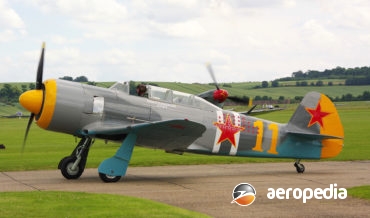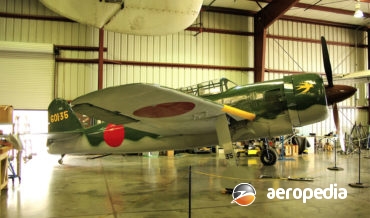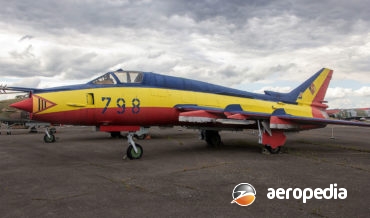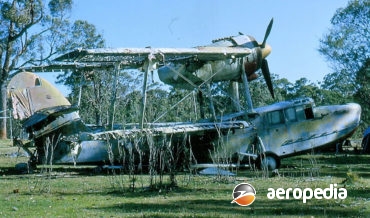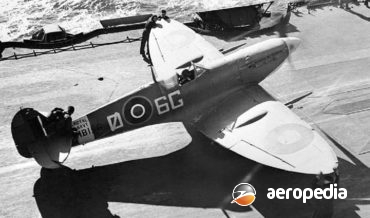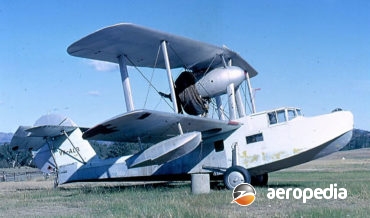David C. Eyre
The P R Breeze is a single-seat variant of the PR-582 Pocket Rocket using the basic Lightwing fuselage, but fitting it with a single parasol configuration wing and installing a range of Rotax engines, including the Models 582, 503 or 618 two strokes, or the Rotax 912 four-stroke.
David C. Eyre
- August 24, 2019
The Hummelbird was designed by Maurice ‘Morry’ Hummel, and is marketed by Hummel Aviation of Bryan, Ohio, in kit form as a light single-engine single-seat low-cost fast-build, high-performance aircraft.
David C. Eyre
- August 24, 2019
The Ultra Cruiser was designed by Maurice Hummel and is produced by Hummel Aviation for the ultralight and sporting aircraft market and is available in kit form or as plans only form but may also be obtained as a read-to-fly aircraft.
David C. Eyre
- August 24, 2019
The P-84 Jet Provost was developed as a private venture utilising a considerable proportion of the structure of the piston-engine P-56 Provost, which was then in service with the RAF as a basic trainer.
David C. Eyre
- August 24, 2019
The Heston Phoenix was built by the Heston Aircraft Co Ltd at Heston, the company rising out of the demise in 1934 of the Comper Aircraft Co Ltd.
David C. Eyre
- August 24, 2019
The Hevle Classic is two-seat development of the Bowers or EAA Fly Baby which was designed as a simple, easy to fly, low-coast light aircraft for the amateur builder.
David C. Eyre
- August 24, 2019
In New Zealand Volker Heydecke built an all-composite 66-percent scale replica of a Polikarpov I-16 Type 24 fighter and it was fitted with a 112-kw (150-hp) Rotec R3600 radial engine with a 3:2 gearing.
David C. Eyre
- August 24, 2019
During the 1930s Mr Percy Hick of Ballingal, near Griffith, NSW, with the assistance of his two brothers Stanley and Allan, built two aircraft.
David C. Eyre
- August 24, 2019
Stanley Hill Jr designed the Model 360 helicopter and offered it for commercial sale in 1948. Subsequently the designation Hiller 360 was dropped in favour of UH-12, and later models were known simply as the 12C, 12E, etc.
David C. Eyre
- August 24, 2019
The Praga E.114 was designed by Jaroslav Slechta in Czechoslovakia and initially built by CKD Praga, where it became known as the Air Baby.
David C. Eyre
- August 24, 2019
The Krishak was manufactured by Hindustan Aeronautics Ltd of Bangalore as the HAOP-27 air-observation post and liaison monoplane for the Indian Air Force to replace the Auster AOP-9.
David C. Eyre
- August 24, 2019
The HT-2 was designed by Dr V M Ghatge, Chief Designers of Hindustan Aircraft Ltd at Bangalore, India.
David C. Eyre
- August 24, 2019
The Ibis was a foray into the design and construction of a light aircraft by one of Australias most famous aviators, Herbert (Bert) John Louis Hinkler.
David C. Eyre
- August 24, 2019
The DV-20 Katana is a two-seat training and touring aircraft produced by HOAC Austria Flugzeugwerk at Weiner Neustadt, being basically a development of the Dimona and Super Dimona motor gliders.
David C. Eyre
- August 24, 2019
The Dimona is a powered glider built by Walf Hoffman Flugzeugbau KG at Ulm in Germany and at Weiner Newstadt in Austria, the prototype of which flew for the first time on 9 October 1980, and more than 300 examples have been delivered.
David C. Eyre
- August 24, 2019
The Typhoon was designed by the late William ‘Bill’ Andiel and marketed by Homebuilt Aviation in northern New South Wales.
David C. Eyre
- August 24, 2019
The Delta Bird is one of a series of ultralight aircraft designed by Robert Hovey in 1982. It is a single-seat single-engine biplane with conventional three-axis control.
David C. Eyre
- August 24, 2019
The Delta Hawk is a light single-seat sporting biplane which was available in the 1980’s in kit form in the United States, being designed by Mr R W Hovey of California.
David C. Eyre
- August 24, 2019
The Whing Ding was designed by Mr R W Hovey as an ultra-light aircraft which would require minimal construction time, would have STOL performance, and capable of easy dis-assembly for transportation and storage.
David C. Eyre
- August 24, 2019
The DGA-15 was the last of a series of high-performance monoplanes built by Howard Aircraft Corp at St Charles, Illinois in the United States.
David C. Eyre
- August 24, 2019
The brothers, Leo Austin Walsh was born in Bradford, Yorkshire, in 1881 the family emigrating to Auckland in 1883. His brother, Vivian Claude Walsh was born in New Zealand in 1888.
David C. Eyre
- August 24, 2019
The 304 MS Shark is one of a range of high performance gliders designed in Germany and built by HpH Ltd in the Czech Republic and is a single-seater of composite construction available in the 15-metre Class up to the two-seat 20-metre Open Class and was developed from the German
David C. Eyre
- August 24, 2019
In 1955 the aircraft division of the Hughes Tool Co designed and developed a light helicopter known as the Model 269.
David C. Eyre
- August 24, 2019
The Hughes 500 series was chosen for development for the US Army in 1961 as the OH-6A, and five prototypes were ordered for evaluation in competition with the Bell OH-4A and the Hiller OH-5A.
David C. Eyre
- August 24, 2019
The Warrigal II (Warrigal being aboriginal for untamed) was a development of the Warrigal I, and was also built at Randwick.
David C. Eyre
- May 19, 2019
In 1934 under the direction of W E W Petter, to meet specifications 39/34, a design team at Westland produced the Lysander, the prototype of which (K6127) was flown on 15 June 1936 with a 627 kw (840-hp) Bristol Mercury IX engine in the hands of Harrold Penrose.
David C. Eyre
- May 19, 2019
Production of the Scout/Wasp series of light helicopters was commenced in 1957 as a private venture by the Saunders-Roe Company.
David C. Eyre
- May 19, 2019
In 1927 specification 26/27 was issued for a general purpose military aeroplane to be used for light bombing sorties, artillery observation patrols, reconnaissance and photographic work for the RAF and later target towing, and to meet this requirement the Wapiti was designed and built by the Westland Aircraft Works.
David C. Eyre
- May 19, 2019
The Westland Wessex was a British development of the Sikorsky S-58, with a turboshaft engine replacing the original piston-engine radial.
David C. Eyre
- May 19, 2019
The Yak 3 is one of a range of important Soviet aircraft emanating from the Design Bureau of Aleksandr Sergeyevich Yakovlev, the design of the Yak 3 commencing in 1941 based around the new VK-107 VEE-twelve engine, design parameters including least possible drag, smallest dimensions, and weight consistent with a
David C. Eyre
- May 19, 2019
The Yak-3U was a completely new design produced by the Yakovlev Design Bureau and used the light alloy stressed skin metal wing and tail surfaces of the latterly built Yak-3 fitted with the M-107 in-line V-12 engine but was built with a completely new fuselage fitted with a 14-cylinder two-row
David C. Eyre
- May 19, 2019
The Yakovlev series of fighters gained the distinction during World War II as being the Workhorses on the Eastern Front and, although the type entered service at the beginning of the War, it continued in service long after hostilities concluded, and saw service with a number of airforces, including the
David C. Eyre
- May 19, 2019
The Yakovlev Yak-11 (known to NATO as Moose) began to enter service with the Soviet Airforce in 1947 and bore some resemblance to the designer, Aleksandr Yakovlevs, wartime fighter designs, the wing, tail assembly, and undercarriage being similar to those of the Yak-9 single-seat fighter.
David C. Eyre
- May 19, 2019
In 1938 the Japanese Navy acquired from Germany an example of the Heinkel He 118 (4th prototype) and licence production rights.
David C. Eyre
- May 19, 2019
The Yokosuka E14Y was designed by Mitsuo Yamada of the Dai-Ichi Kaigun Koku Gijitsusho (the First Naval Air Technical Arsenal) as a small submarine-borne two-seat reconnaissance seaplane to operate on twin floats.
David C. Eyre
- May 19, 2019
The Su-22 was a development of the Su-17, and before that the Su-7, attack aircraft developed for the Russian Air force and was built in large numbers, seeing service throughout the eastern block, and with Middle East air forces, including Libya, Iraq, and Yemen, as well as with Peru in
David C. Eyre
- May 19, 2019
The Sea Otter was the last biplane produced by Supermarine and was designed to meet specification S7/38 to replace the Supermarine Walrus in RAF service.
David C. Eyre
- May 19, 2019
In 1941, following the success of the Sea Hurricane, it was decided to build a variant of the Spitfire for operations from British aircraft carriers, and a Mk VB was converted and performed compatibility trials on board HMS Illustrious.
David C. Eyre
- May 19, 2019
Photograph: Supermarine Seagull III A9-6 on Sydney Harbour c 1938 (RAAF Museum) Country of origin: United Kingdom Description: Amphibious reconnaissance biplane Power Plant: One 336 kw (450 hp) Napier Lion twelve-cylinder, broad-arrow, liquid-cooled engine Specifications: Wingspan: 14.0 m (46 ft) Length: 11.27 m (37 ft) Height: 3.65 m (12 ft)
David C. Eyre
- May 19, 2019
In 1929 a specification was issued for a boat-hulled amphibian for shipboard operation to replace the Supermarine Seagull III, a number of which were in service with the RAN on board the seaplane carrier HMAS Albatross.
David C. Eyre
- May 19, 2019
Recent Comments
Archives
Categories
- No categories
Categories
- No categories
Latest Posts
Newsletter

